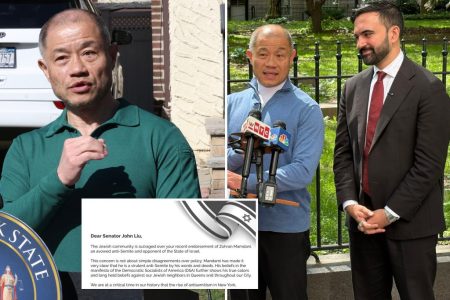The story of Shaurn Thomas is a tragic illustration of the complexities and frailties of the justice system, a cautionary tale of redemption lost and a life seemingly destined for incarceration. Freed from a life sentence after serving 24 years for a murder he may or may not have committed, Thomas found himself on the wrong side of the law once again, pleading guilty to a chillingly similar crime. The irony is stark: a man awarded millions in compensation for wrongful imprisonment, now facing another life sentence for a murder driven by a paltry sum of money. The narrative unfolds like a Greek tragedy, raising profound questions about the nature of justice, the possibility of rehabilitation, and the enduring impact of incarceration.
Thomas’s initial conviction stemmed from the 1990 shooting death of a businessman in North Philadelphia during a robbery. At the young age of 20, he was sentenced to life imprisonment, a sentence that would later be overturned due to questionable police practices and inconsistencies in the investigation. The Pennsylvania Innocence Project championed his cause, ultimately leading to his release in 2017 and a substantial $4.1 million settlement from the city of Philadelphia. This seemingly triumphant moment, a testament to the fight for justice and the recognition of systemic flaws, became a mere prelude to a darker chapter in Thomas’s life. His newfound freedom, bought with decades of wrongful imprisonment, proved tragically short-lived.
The circumstances surrounding his recent guilty plea are eerily reminiscent of his past. In 2023, Thomas was accused of murdering Akeem Edwards, the friend of his girlfriend, over a drug debt of $1,200. Edwards, a 38-year-old father, had allegedly failed to pay Thomas for cocaine he was given to sell. This seemingly trivial amount, a stark contrast to the millions he received in compensation, became the motive for a violent act that shattered lives and sent Thomas spiraling back into the abyss of the criminal justice system. The courtroom scene, as described by observers, was one of disbelief. The judge, stunned by the senselessness of the crime, questioned Thomas directly about the veracity of the charges, a question to which he responded with a simple, yet devastating, “Yes, Your Honor.”
This confession sealed his fate, marking a tragic turn of events for a man who had been given a second chance at life. The family of Akeem Edwards, understandably consumed by grief and anger, is now seeking the maximum penalty for Thomas. Their pain is palpable, their desire for justice unwavering. They see in Thomas not a victim of circumstance, but a repeat offender who squandered his opportunity for redemption. Their call for a life sentence echoes the very sentence that was overturned in Thomas’s previous case, highlighting the cyclical nature of violence and the enduring quest for retribution.
The contrast between the two murders, separated by decades but united by their violent nature, presents a chilling paradox. The first, shrouded in uncertainty and ultimately overturned due to flaws in the investigation, led to decades of wrongful imprisonment. The second, a seemingly straightforward case of drug-related violence, leaves little room for doubt about Thomas’s culpability. This stark juxtaposition raises troubling questions about the nature of justice and the possibility of rehabilitation. Was Thomas truly innocent of the first crime, a victim of a flawed system? Or did his time in prison, rather than reforming him, harden him and ultimately pave the way for his subsequent actions?
The case of Shaurn Thomas is a complex and multifaceted tragedy. It serves as a reminder of the fragility of freedom, the enduring impact of incarceration, and the elusive nature of rehabilitation. It also highlights the systemic issues that plague the criminal justice system, from flawed investigations to the challenges of reintegrating formerly incarcerated individuals back into society. Thomas’s story is not simply a tale of individual failings, but a reflection of a larger societal struggle to balance the demands of justice with the hope for redemption. His journey, marked by both injustice and criminal acts, underscores the urgent need for reform and the enduring challenge of breaking the cycle of violence and incarceration.










